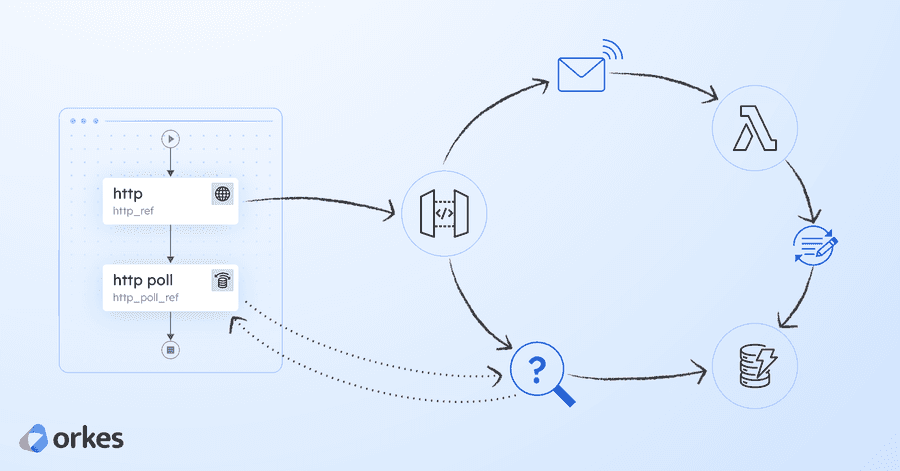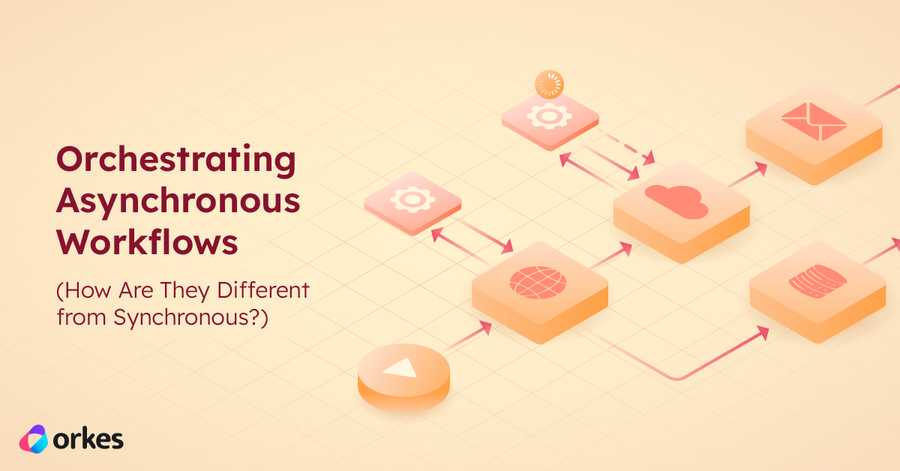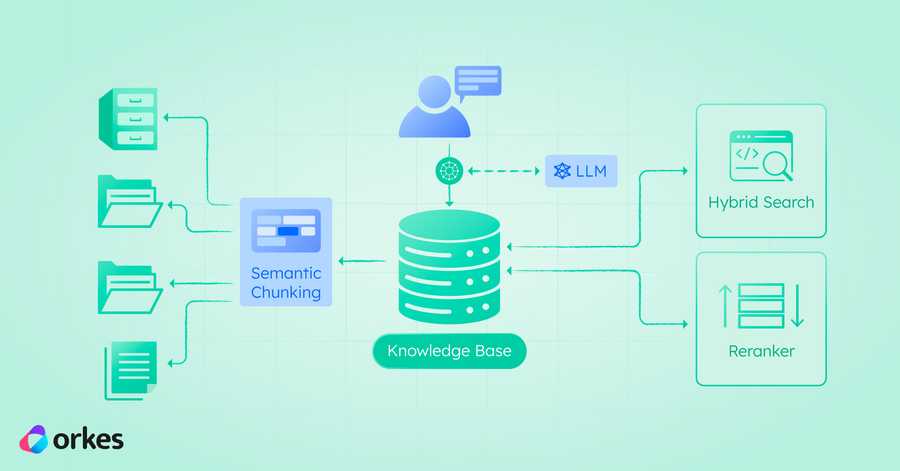Top 8 Tools for Microservices Development in 2023

In the modern digital world, businesses are increasingly adopting microservices for building scalable distributed applications. This growing trend has revolutionized software development, facilitating better collaboration, faster deployment and thus increasing the overall efficiency. It has become essential for organizations to adapt to this paradigm to succeed.
According to a recent survey, 69% of organizations are currently using or planning to adapt microservices in the near future. While microservices adoption continues to rise, it is crucial to recognize the significance of using the right tools to maximize the potential of microservices architecture.
From defining APIs to monitoring, choosing appropriate tools that empower developers to create robust microservice systems is vital.
In this blog, we’ll explore the top 8 tools for microservice development in 2023, providing insights into how these tools can help businesses thrive in the ever-evolving world of microservices.
API Management & Testing Tools
Open API
In a microservice-based architecture, the applications are built as individual services that communicate with each other via APIs. Consequently, defining APIs is a major step while developing a distributed application. Open API Specification is a popular tool for defining APIs in microservice architecture.
Open API Specification, previously known as Swagger, is a tool used for designing, documenting, and testing APIs. By using a standardized format, you can define your APIs, create interactive documentation and automate the generation of client SDKs. Open API aids in simplifying the process of building and maintaining APIs, making it an important tool for microservice development.
Key Features
- Provides a reliable method to seamlessly transfer information throughout every phase of the API lifecycle.
- The API specifications are commonly written in JSON or YAML, which ensures effortless sharing and utilization.
- Open API can be leveraged for configuring infrastructure, generating client code, and creating test cases for the APIs.
Languages & Frameworks
Spring Boot
Spring Boot is a widely used Java-based framework known for its extensive range of features and conventions that simplifies the development process. Spring Boot’s opinionated approach reduces the need for repetitive code and allows developers to focus on business logic, making it an excellent choice for building microservices.
Key Features
- It provides a rich set of starter dependencies that simplifies the build configuration.
- Adopts sensible defaults for many configuration options, making it easier to create production-ready applications without extensive manual configuration.
- Eliminates the need for XML configuration and code generation, making it easier to get started with app development.
Golang
Go, also known as Golang, has gained significant traction in the microservices world due to its simplicity, concurrency model, and performance. The language's lightweight nature, built-in support for concurrency, and an extensive standard library make it an excellent fit for developing scalable microservices. Golang's efficiency and rapid development capabilities have made it a go-to language for many developers.
Key Features
- Golang possesses a concise syntax and a comprehensive standard library, making it easy to create fast and elegant CLIs.
- Go's goroutines and channels provide built-in support for concurrency, allowing microservices to execute functions concurrently, leading to highly scalable and responsive microservices capable of handling thousands or even millions of concurrent operations.
- Go's standard library offers convenient built-in packages for HTTP request handling, JSON encoding/decoding, TCP/UDP connection management, and communication protocol implementation. It makes developing RESTful APIs effortless and enables service-to-service communication within microservices architectures.
Code Editor
Visual Studio Code
Visual Studio Code (VS Code) from Microsoft is a versatile code editor known for its extensive features, supporting a wide range of programming languages and frameworks. Its rich ecosystem of extensions enables seamless integration with various tools and services, making it an ideal choice for microservice development. With its powerful debugging capabilities and extensive plugin ecosystem, VS Code enhances productivity and simplifies the development workflow.
Key Features
- Offers effortless integration with tools like Git, allowing you to stage, commit and manage code changes directly from the VS Code, providing a convenient approach to track and manage your codebase.
- VS Code provides an integrated terminal, enabling developers to execute shell commands, run scripts, and utilize build tools seamlessly within the editor, eliminating the need to switch to external terminals.
- Provides built-in debugging capabilities that allow developers to debug their code directly within the editor, streamlining the debugging process.
Communication Framework
gRPC
Google’s Remote Procedure Call (gRPC) is an open-source framework that facilitates connectivity among services in a distributed system. It offers a robust and efficient method for defining service agreements and allows seamless communication between diverse services across multiple programming languages and platforms.
Key Features
- gRPC is a language-agnostic framework, allowing it to be implemented in any programming language and enabling smooth communication between them. It leverages Protocol Buffers as the interface definition language, enabling language-agnostic service definitions and services written in different languages like Go, Java, Python, or C++ to interact seamlessly via gRPC.
- gRPC uses binary serialization based on Protocol Buffers, which offers several advantages over text-based formats like JSON. Binary serialization results in smaller message sizes, reducing the data sent over the network. It also enables faster serialization/deserialization, improving overall performance.
- gRPC is not limited to a specific platform or device. It can be used on various platforms, including desktop, mobile, and IoT devices.
Monitoring Tools
Regular monitoring of workflows in the production environment is crucial once applications are developed and deployed. Proactive monitoring plays a vital role in preventing system failures that could potentially disrupt the application's functionality.
Prometheus/Grafana
In the realm of monitoring and observability in microservices architecture, Prometheus and Grafana form a dynamic duo.
Prometheus is a popular open-source platform for collecting metrics and storing them in a time-series database. It provides the flexibility to query these metrics with real-time alerting capabilities. By regularly collecting metrics from various endpoints, Prometheus performs analysis and visualization and can even trigger alerts based on specific conditions.
Key Features
- Implements a highly dimensional data model with key-value pairs, enabling efficient querying and filtering of metrics based on various dimensions.
- With the help of PromQL, a powerful query language designed for Prometheus, it helps in executing complex queries, aggregations, and transformations on the collected data.
Grafana, a widely embraced open-source observability platform, serves as a powerful tool for creating intuitive interfaces to analyze and visualize the data collected from Prometheus and other sources. It enables users to build user-friendly dashboards and gain valuable insights through visually appealing and customizable data visualizations.
Key Features
- Offers a wide range of visualization options, including charts, graphs, tables, and heatmaps, allowing you to create interactive dashboards for displaying and exploring the metrics data.
- Supports template variables that enable dynamic filtering and switching of metrics, making it easy to create reusable and interactive dashboards.
When used together, Prometheus and Grafana create a powerful combination that enables real-time monitoring, alerting, and troubleshooting, effectively ensuring the reliability and performance of distributed systems.
Orchestration
Orkes Conductor
Orkes Conductor, the unified application orchestration platform, empowers the development of distributed applications, processes, and business flows. With its comprehensive features, Orkes Conductor effectively orchestrates and manages microservice-based systems, providing a robust foundation for building and maintaining complex distributed applications.
With Orkes Conductor, organizations can embrace the power of microservices to build agile, scalable, and resilient distributed applications. From service discovery and load balancing to fault tolerance and scalability, Orkes Conductor takes care of the intricate details, enabling developers to focus on core business logic and innovation.
Orkes Cloud, the enterprise version of Conductor, can run on prominent cloud platforms such as AWS, Azure, and GCP. It provides seamless support for hybrid deployments to orchestrate services and applications across hybrid cloud models.
Key Features
- Orchestration pattern simplifies application architecture by breaking down complex workflows into smaller independent services that are easier to develop, manage and scale.
- Quickly build & operate highly impactful applications as workflows that span microservices, serverless, VM-based, and legacy services across on-prem and cloud versions.
- Provides built-in resilience capabilities such as retries, exponential backoffs, and graceful failure handlers to maintain application availability during component failures, ensuring uninterrupted operations.
- Individual components can be independently scaled up or down in response to changing business requirements, enabling developers to tune applications rapidly, thereby reducing development time and cost.
Summing Up
When it comes to microservice-based app development, choosing the right tools is a paramount concern for developers. With the right choice of tools, the developers can leverage the power of microservices to deliver robust, scalable, and future-proof applications.
And while we are in Q3 2023, witnessing the ongoing evolution of the microservices landscape, it becomes crucial for all developers to remain up-to-date with the latest tools and trends. With the help of top tools like the ones mentioned in this blog, you can embark on the microservices journey alongside Orkes.
For any queries, feel free to reach out to our vibrant Slack community! Additionally, explore Orkes' documentation to get started with Orkes!
Conductor is an enterprise-grade orchestration platform for process automation, API and microservices orchestration, agentic workflows, and more. Check out the full set of features, try it yourself using our Developer Playground sandbox, or get a demo of Orkes Cloud, a fully managed and hosted Conductor service.











